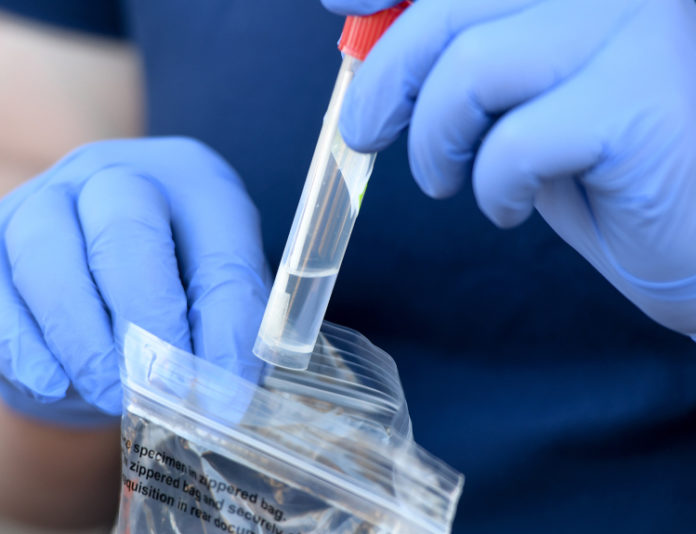

Officials say new projections out next week will be telling in whether a post-holiday wave of cases will emerge.
Nearly a year after it began ravaging the region, coronavirus has infected one in every three Los Angeles County residents, according to the county’s latest estimates.
The statistics, released on Wednesday by the county’s Department of Health Services, suggest a spread much wider than even the county’s own confirmed toll.
As of Thursday, the county’s total number of officially confirmed positive cases throughout the year was 975,299, with a seven-day average positivity rate of 18.2% — nearly 1 in every 5.
But officials continue to believe that in a region of 10 million people, the virus likely infected many more people who simply have not been tested or exhibited symptoms. Their scientific projections arrived at a one-of-three ratio, or about 3.2 million infections, officials said.
The science also suggests that as the virus surges, many more people are increasingly infectious to others.
Officials believe that for every reported case, between three and four actual infections have occurred, officials said.
And the results, if traditional patterns of behavior during the pandemic hold up, could spur crisis-level demand at hospitals, if the expected holiday surge takes hold.
But even if there wasn’t more transmission over the holidays, county researchers estimate that 1 in every 115 county residents is infectious to others — a higher rate than a week ago, when 1 in 125 residents were infectious.
The estimated undercount is a function of various patterns of behavior, said Dr. Roger Lewis, director of COVID-19 demand modeling for L.A. County Department of Health Services.
“There’s a period when you may be infected without any symptoms, and some people never ever have symptoms and have no way of ever knowing they got sick,” Lewis said — so they don’t get tested.
Then there are people who have mild symptoms. Maybe a slight cough or a cold. They often feel there’s no reason to be tested.
And there’s another group who know they are positive — perhaps they live in a household where another is infected, but they don’t go out or present themselves for care because they don’t want to infect others.
“There’s a lot of very good reasons why we have what we call an undercount,” he said.
“We’re quite confident that it’s in that range,” Lewis said. “If the truth turns out to be 1 in 4, that’ not inconceivable to me. One in 2 seems less likely. I’m quite confident we are in the right range.”
What has complicated considerations for public health researchers and the healthcare providers is the devious nature of the disease itself.
“It’s a disease that can affect two people who look the same … but one will get over in a week to 10 days and one will end up on on a ventilator or die,” he said.
Dr. Thomas Yadegar, medical director of the Intensive Care Unit at Providence Cedar-Sinai Tarzana Medical Center, knows that complex nature well.
He said the 3-to-1 ratio seemed a bit high, “but it wouldn’t surprise me,” if it was accurate, he said.
“But even if the number was that high, that’s still nowhere near where it needs to be for us to have herd immunity,” said Yadegar, who for months has been sounding an alarm about the need to intervene early to prevent out-of-control and inflammatory immune responses called cytokine storms. “I still fear the next few months we are going to continue to be in crisis mode.”
Lewis said a new batch of projections will be out next week, and could be the biggest indicator of whether an expected holiday wave will emerge in the coming weeks.
“Everybody who’s involved in public health and hospital-based care, I think, is holding their collective breath as we see what the pattern of cases is in the next week or so,” Lewis said. “Because that’s when we’ll see the results of whatever happened over the holiday season.”
Source: Los Angeles Daily News





